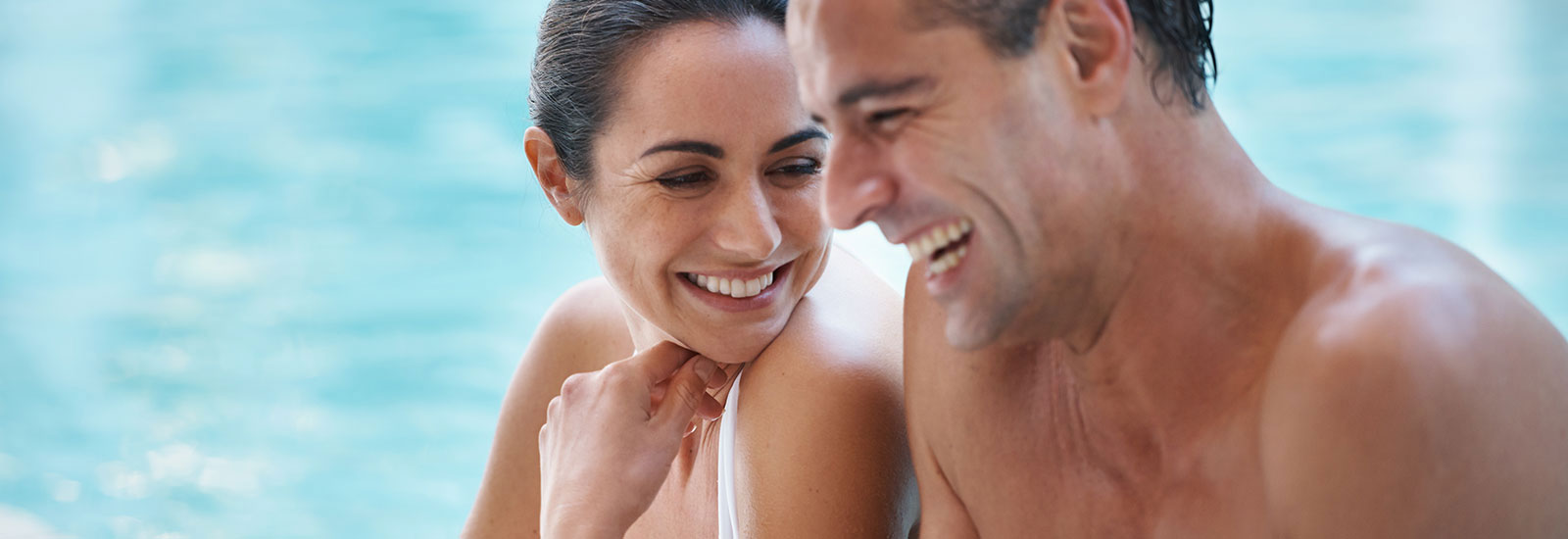- About
- Conditions We Treat
- Cosmetic Procedures
- By Age Group
- By Skintone
- Insurance & Bill Pay
- Before & After
- Studies
- Blog
- Contact
- Shop
- [KTranslate]
patient portal
login now

acne
Acne is an inflammatory skin condition affecting the face, neck, chest, and back with red bumps, pustules, and/or clogged pores. While extremely common in teens, we see just as many cases in adult women due to hormones aka hormonal acne. As a full service medical and cosmetic dermatology clinic, we offer well-known medical therapies such as topical and oral medications. While not covered by insurance, we provide a variety of lasers including red light, blue light, photodynamic therapy, and the Spectra laser to help improve your acne.
Rosacea
Rosacea is characterized by sensitive, pink to red facial skin and occurs in men, women, and all skin tones. Some patients will also have broken blood vessels and/or acne lesions. Many patients find their rosacea is worsened with sun exposure, heat, harsh skin care products, spicy foods, and alcohol. Along with medical therapies for rosacea, we offer with cosmetic treatments to provide improvement of facial redness and broken blood vessels using intense pulsed light (IPL or photofacial).
Sun spots and brown spots
Over time, the sun can cause flat brown spots to appear called lentigines. These can occur on sun exposed skin such as the face, neck, chest, arms, hands, and legs. They are noncancerous and can be removed for cosmetic purposes.
hyperhidrosis (unwanted/excessive sweating)
Excessive sweating known medically as hyperhidrosis and affects both men and women. It can occur all over the body or be limited to areas such as the underarms, palms, and soles. Hyperhidrosis can be extremely disruptive in our patients’ lives, but your dermatologists have a variety of treatments available to help you manage your symptoms .
Seborrheic Keratoses
Seborrheic keratoses are “stuck-on” appearing, noncancerous skin growths. They can affect over 80% of Caucasian skin tones and are more common as we gather more birthdays. They come in a variety of colors (tan, brown, dark brown, white, grey, and skin toned), shapes, and sizes and may appear anywhere on the body. The lesions may also be removed for cosmetic purposes.
skin cancer
Skin cancer is the most common type of cancer and appears in all skin tones. The most common types are basal cell carcinoma and squamous cell carcinoma, both of which highly curable when caught in a timely fashion. Melanoma is the least common of this group, but is more dangerous than the others. Early detection is key to improving prognosis associated with melanoma. Skin cancer is associated with UV (sun or tanning bed) damage, smoking, sunburns, fair skin and eyes, over 50 moles, and/or a family history (with melanoma).
Eczema
Eczema is an allergic and inflammatory skin disease characterized by sensitive skin. While many patients think of eczema as a disease affecting children, it is common in all ages. Patients offer suffer from itchy, dry, red, and/or crusty skin on the hands, arms, legs, and face; however, in the most severe cases eczema can be widespread.
psoriasis
Psoriasis is characterized by thick, dry, crusted red areas of skin. It is an inflammatory disease which can affect the skin and the joints. The most frequently affected areas include the scalp, ears, elbows, hands, and knees; however, any area of the skin can potentially be affected. Patients reporting joint paint are co-managed with a rheumatologist (joint doctor).
melasma
Melasma is a skin condition where patients develop brown patches on the cheeks, forehead, and/or upper lip. It is worsened by sun exposure, female hormones (pregnancy, birth control pills, and hormone replacement therapies), light, and inflammation. There is no cure for melasma, but our dermatologists will develop a plan to help you manage your symptoms through safe sun techniques, sunscreen, skin care, and prescription skin brightners. Some patients may also benefit from cosmetic procedures such as microneedling with PRP, Spectra (qswitched) laser, and chemical peels .
Moles (Nevi)
Our Board Certified Dermatologists are skilled in evaluating all types of moles. Whether a mole appears benign or has concerning features our doctors will discuss the most appropriate course of action which may include regular monitoring with skin exams, biopsy or removal.
@thepearldermatology
Error: No feed found.
Please go to the Instagram Feed settings page to create a feed.


